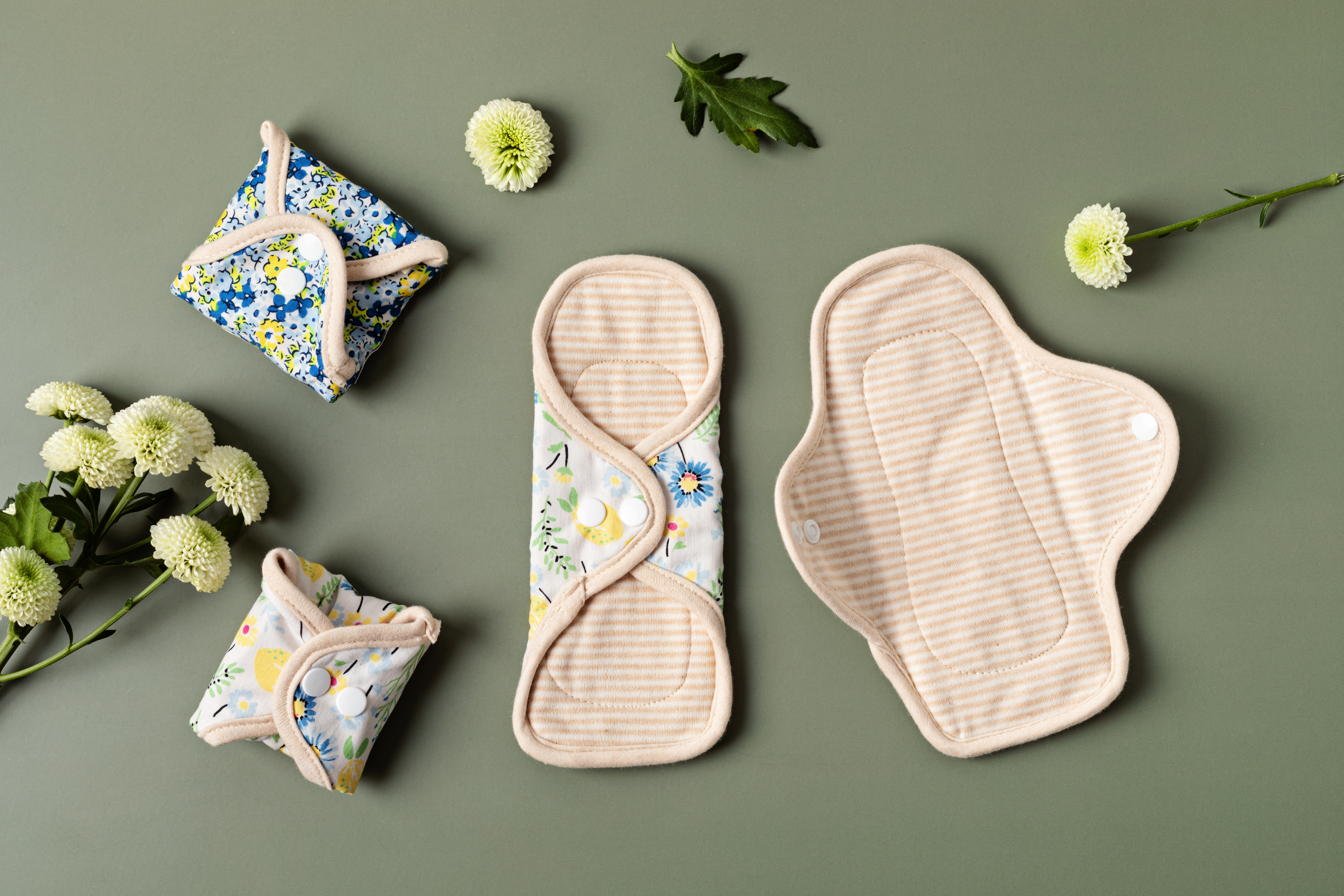Various research shows that a large number of girls, especially those in rural areas, miss school during their menstrual periods due to the inability to afford ‘Sanitary pads’ used during this time.
It’s not just girls, as other women living in poverty also forgo many activities during their periods, due to the lack of ability to afford menstrual products.
According to World Bank figures from May 2022, 300 million women go through menstruation every day. However, it is worrying that up to 500 million lack the financial means to buy pads.
Research indicates that in Sub-Saharan Africa, one in ten girls misses school during her period, potentially losing up to 20% of the yearly curriculum.
This also impacts some girls’ education and the productivity they can offer to the labor market once they finish school, as some of them suffer from a lack of sufficient knowledge based on market needs.
Despite this, various countries, including Rwanda, are taking different measures to solve this problem, including reducing the prices of sanitary pads like ‘cotex’ to make them more affordable to those with lower incomes.
Not only that! Washable pads are being introduced, allowing for long-term use without adverse effects, provided the cleanliness guidelines are strictly followed.
This washable pad works just as well as the disposable ones.
Just like disposable pads, reusable pads come in various sizes and absorbencies. Choose based on your flow and the length of time you plan to wear the pad.
Most reusable pads are made from natural materials like cotton, bamboo, or hemp, which are gentle on the skin and highly absorbent.
Using Reusable Pads
Place the pad on the inside of your underwear, patterned side up. Most pads have wings with snaps or buttons that fold under the crotch of the underwear to keep the pad in place.
Depending on your flow, you might need to change the pad every 4-6 hours. Just like with disposables, it’s important to change more frequently to maintain hygiene.
When it’s time to change, unclip the pad from your underwear, fold it up, and store it in a waterproof bag if you’re out and can’t wash it immediately.
Taking care of the reusable
It is not advisable to wear it for more than eight hours. However, depending on how heavy your flow is, it might fill up before then, and you should be able to tell when it feels heavy.
You can remove and replace it with another. To clean the one you’ve removed, soak it in water with soap to remove the blood, then wring it out properly until it’s dry, and rinse it with clean water before drying it in the sun.
Avoid fabric softeners and bleach, as they can decrease the absorbency of the pads. Air dry the pads if possible. You can dry them outside in the sun for extra stain-fading. Avoid using a tumble dryer as high heat can damage the pads.
Like any other underwear or panty, poor hygiene can lead to diseases including genital infections. It’s important to wash and dry the pad properly to prevent this.
Tips for a Better Experience
Depending on your flow and the length of your cycle, you’ll need enough pads to last you through the cycle plus a few extras for wash days.
Comfort and fit can vary, so it might take trying a few different brands or styles to find what works best for you.
For changing pads on the go, a waterproof wet bag is essential to store used pads until you can wash them.
Using reusable pads is a straightforward process that becomes easier with practice. Not only do they offer a more sustainable option, but many users also find them more comfortable than disposables.
These washable pads are affordable. For comparison, a pack of disposable pads might cost between 1000 Rwf to 1200 Rwf, and you might use two packs a month, meaning you would spend between 24,000 Frw to 28,800 Frw a year.
In Rwanda, some organizations give out washable pads for free to those in need, but for example, ‘Kosmo Pads sells a pack for 6000 FRW that can last for two years. For those with limited means, this translates to only about 3000 Frw per year.
These washable pads also offer hope for environmental conservation as they are not like disposable plastic pads that contribute to pollution after a single use.


